After a quick lunch in Cafe Rouge, we made our way towards Clifford’s Tower and the York Castle Museum, stopping off at a couple of galleries on the way. One of our favourite artists, Mark Braithwaite, has his gallery just down the road from the cathedral, so naturally we spent a little while rifling through his prints. Helen bought a couple of small prints here and we moved on.
We walked through the Shambles, but there were so many people out and about today it was very claustrophobic, so we didn’t stay long. Clifford’s Tower is pretty much all that remains of York Castle, the “motte” part of an old motte-and-bailey construct.
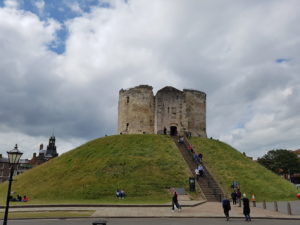
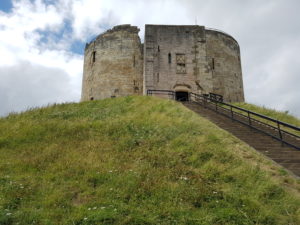
The inside of the tower was gutted, apart from a small gift shop and information hut, I tried to build a panoramic 360 degree photo, but the space was too small to do so unfortunately, so I resorted to old-fashioned snaps. After a little reading about the history of the tower, we found that in 1190 the Jewish population of York fled to the tower for protection against an anti-Jewish mob. They then set fire to the tower (as it was made of wood at this point) to kill themselves in order to die at each others hands, rather than be forced to renounce their faith through torture and death. The tower has a pretty dark history. Henry III rebuilt the tower in stone during the 13th century after it was burnt down, and that’s the tower that remains standing to this day.
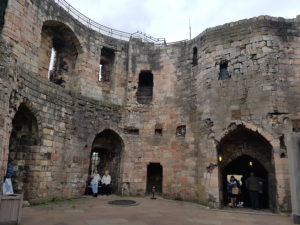
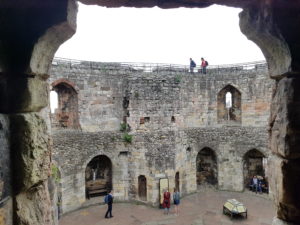
From Clifford’s Tower, we then walked across a square to the York Castle Museum. From the outside we couldn’t tell whether the museum consisted of three large stone buildings, or if it was just a small building tucked in between a couple of them. We were pleased to find that it did in fact span the full floorspace of the three large buildings that we could see from the top of the tower.
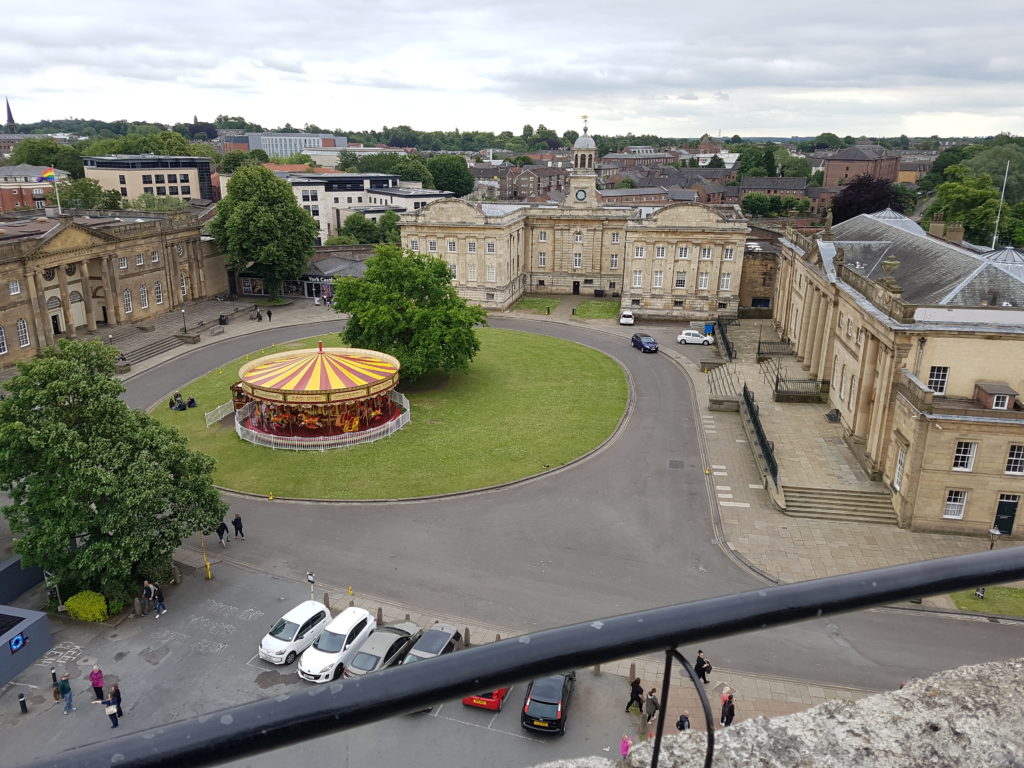
First up were a few period rooms. The 17th century dining room told the story of the upper class no longer sharing meals with the servants, the introduction of brick chimneys that moved fireplaces away from the middle of the room, and the luxuries of oak furnishings. Then the mid-19th century moorland cottage explained how most of the rooms were used to house livestock while the family’s room acted as kitchen, bedroom, playroom, and office. Such a small space, it’s hard to imagine how a full family lived in just one room!
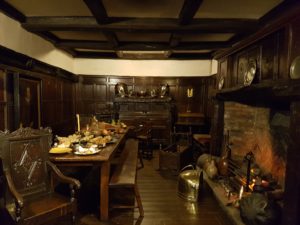
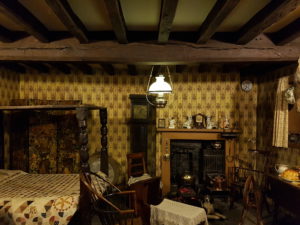
The next section was all about women’s fashion and body image through the ages, Helen was very engrossed here but there wasn’t much for me. The section after this was a recreation of an old Victorian street with all sorts of little shops to explore including a confectioner, clothier, cobbler, coffin maker, and that’s just the letter “C”!
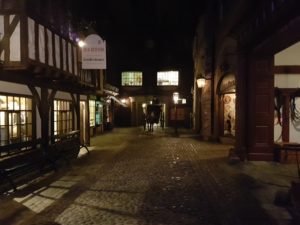
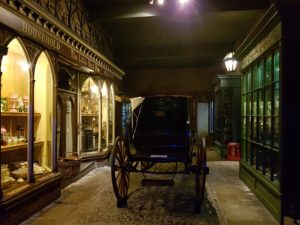
I spent some time talking to one of the staff members dressed in Victorian garb running the clothier, she told me that in Victorian times most women would buy cloth from town and sew their own clothes, with pre-made clothes being a real luxury reserved for either the wealthy or very special occasions. The insides of the shops were all extremely detailed with lots to take in, the pharmacy in particular had dozens of little bottles of different medicines and herbs.
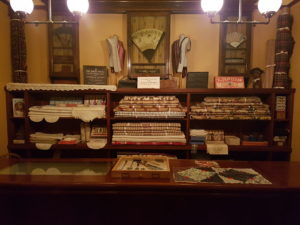
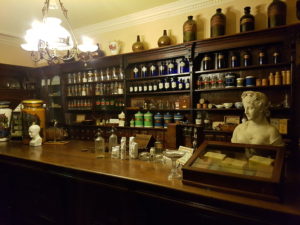
From this Victorian street, we crossed to the other side of the museum and in to the World War I exhibition. This section was oddly laid out, with most of the exhibits crammed in to a corridor built to resemble a trench that was very crowded, then a series of large mostly-empty rooms reserved for “home-front” exhibitions. Even so, there was a lot to see and read here. The most interesting two items I read were a sheet of Morse-code codewords the Yorkshire regiment used during the war to quickly send messages (such as sending “WALNUT” meant “We are held up by hostile artillery fire at…” followed by a location), and that the Women’s Army Auxiliary Corps was founded in 1917 to replace men in home-front administration roles to free more men up for the front lines.
After the WWI exhibit we found ourselves outside in the old prison exercise yard, an area not only used for exercise, but also to process prisoners who were about to be transported to the colonies. Transporting prisoners to the colonies was the punishment given to those who deserved a long-term prison sentence but didn’t deserve death row, initially they were sent to America, but then after the War of Independence in the 1770’s they were sent to Australia. A huge number of prisoners would perish on the voyage to the colonies, with some ships losing up to two-thirds of their human cargo! Once their sentence was completed, many prisoners chose to remain on the colonies and work on, so there will be some Americans and Australians today who have an ancestor that once stood in this courtyard in shackles awaiting transportation.
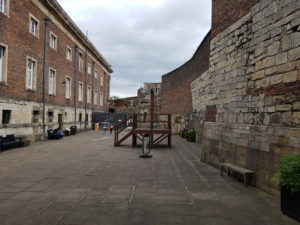
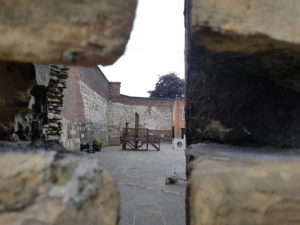
Just on the other side of the wall stood a reconstruction of a 19th century water-mill called Raindale Mill, the building started life as a small cottage in the 18th century and was eventually converted in to a water mill in the early 19th century. The remnants of the castle wall also looked great from out here too.
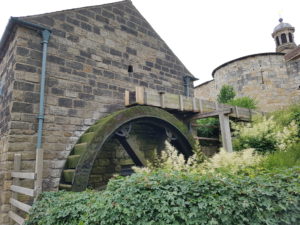
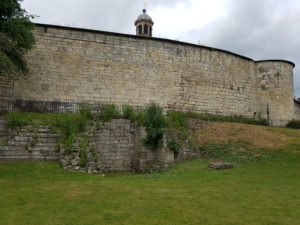
We went through a 1960’s section and the old prison after this, the ’60’s section was pretty interesting, but the prison was disappointing. The prison was simply a few cells with projectors in projecting a reenactment-prisoner against a cell wall, all very dimly lit with barely anything to read. We’d take someone like Bodmin Jail’s dioramas over this any day! The last thing to catch my eye as we were on our way out of the museum were a pair of paintings depicting how the old castle would have looked, both in its wood form and in its later stone form, including Clifford’s Tower.
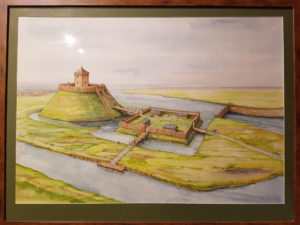

Out of the museum, we headed back in to York city centre to get a slice of cake from Bettys Tea Room, since you can’t have a trip to Yorkshire without visiting Bettys!
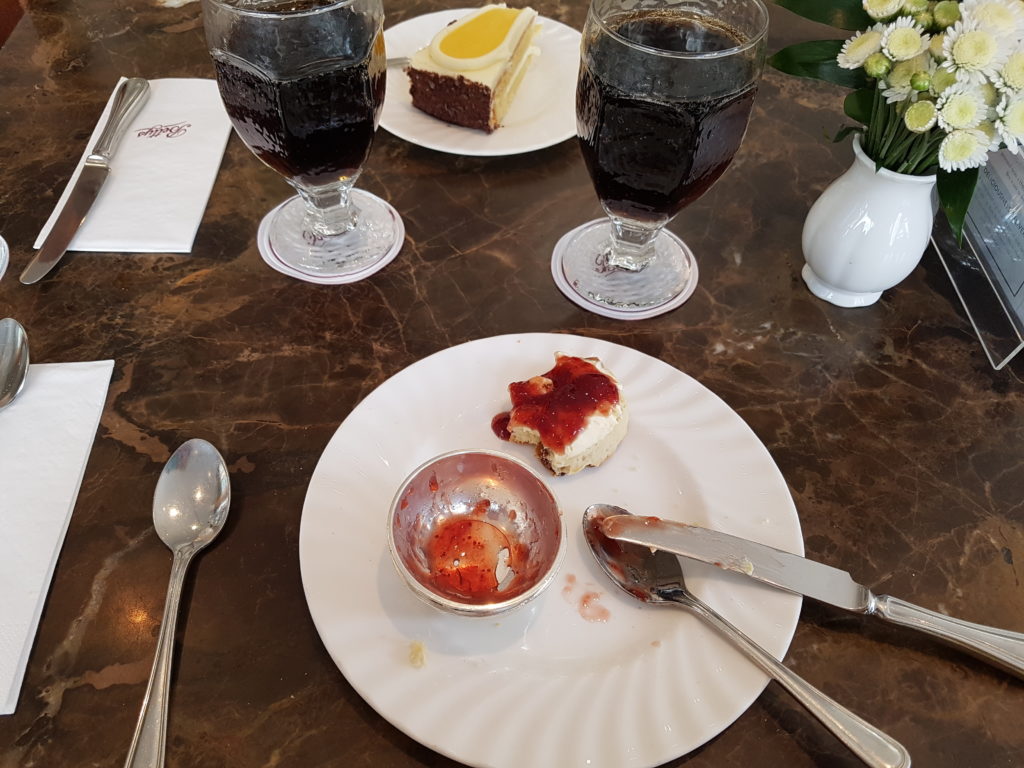
Another quick walk around town, and it was our time to go home. We thought about visiting the Cold War Bunker on the way out of York, but by the time we got back to the car it was around 16:30 and we decided we’d done enough adventuring for the day, so headed home to see the cats. Plenty more to explore here though, so it won’t be long before we’re back.

That museum was a great find – looking forward to our future adventures!
Love it Thom, so much information to take in, very interesting.